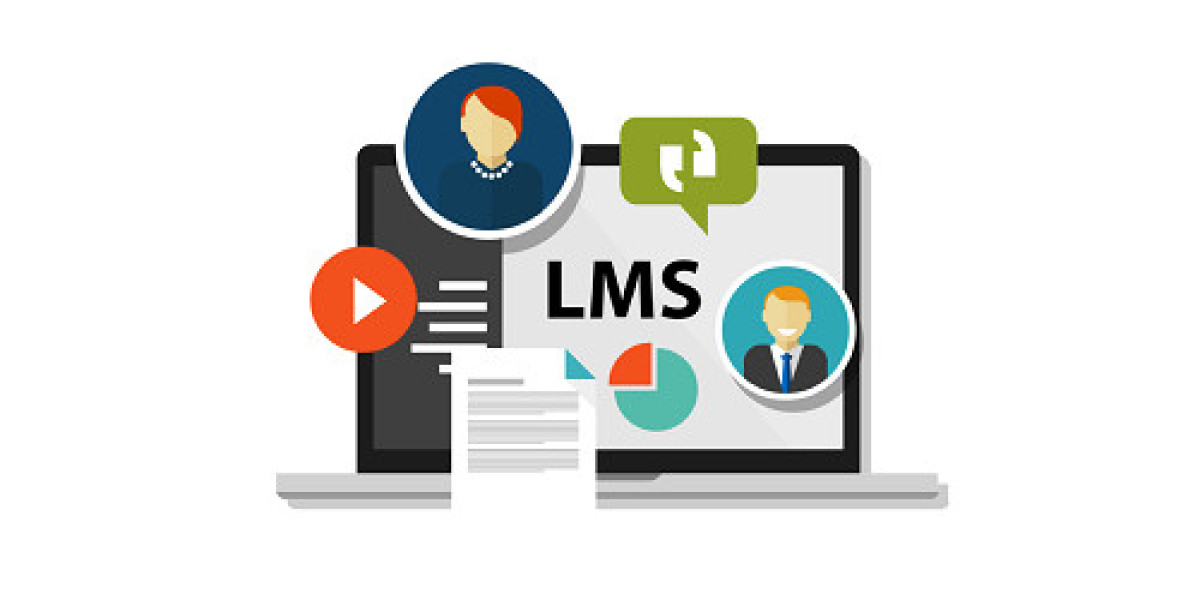The Americans with Disabilities Act (ADA) protects people with disabilities from discrimination. It is done by shielding them from discriminatory treatment in employment opportunities, along with other aspects of their life, since 1990. Employers who treat workers and candidates differently create a discrimination. It also includes biased hiring and limited career advancement chances, besides unequal compensation. It also causes failure to provide suitable adjustments for disabilities, and illegal dismissals. Legal protections do not stop some individuals from facing workplace discrimination in their pursuit of fair employment because of prejudicial employment practices. Knowledge of ADA rights enables people to secure fair opportunities and build inclusive workplaces. And seek needed accommodations throughout the workplace.
How the ADA Protects Employees
The ADA protects individuals with disabilities from discrimination by prohibiting it from being used by private employers and government institutions. It is applicable at the state and local levels, labor unions, or employment agencies in the form of arbitrary discrimination against a qualified individual with a disability. The employment-related tee discrimination protection applies to an employing entity with more than 15 employees. It also allows individuals with disabilities to be accommodated in terms of their optimal performance.
Employers are compelled to:
Make a balancing act between performing reasonable accommodations for their valuable workers with disabilities and discerning undue hardship.
Solidify accessibility within job application procedures, job hiring processes, advancement, and training.
Shield employees from harassment and retaliation brought on by their disability status or accommodation requests.
Common Examples of ADA Workplace Discrimination
Refusing to Hire a Qualified Applicant: Employers cannot deny a job to an individual solely because of a disability.
Failure to Provide Reasonable Accommodations: Denying an employee necessary adjustment, such as modified work schedules or assistive technology.
Unequal Pay and Benefits: Employees with disabilities must receive equal compensation and benefits as their colleagues.
Harassment Due to Disability: Any form of bullying, offensive remarks, or hostile behavior based therein.
Wrongful Termination: Firing or demoting an employee because they requested accommodations or disclosed their disability.
Denying promotions or training: Employees must be considered ineligible for advancement based on their disabilities.
What Are Reasonable Accommodations?
Reasonable accommodation is any modification or adjustment that allows an employee with disabilities to perform their job effectively. Some examples are as follows:
Adjusting work schedules to accommodate medical appointments or fatigue-related conditions.
Providing an assistive technology like screen readers or ergonomic desks.
Modifying job duties or reassigning non-essential tasks.
Ensuring that buildings are accessible, such as installing ramps and renovating restrooms.
Should your workplace welcome service animals?
It is up to the employer to engage the employees in the interactive process necessary to determine what accommodations are possible.
Filing a Workplace Discrimination Complaint
For further information, check my website. To complain, please fill out the form.
Write down everything about the incident of discrimination, specifying date, time, potential witnesses, and any communication with the employer.
Report the internal issue by contacting HR or the person who discriminated and demand a remedy.
Filing a complaint with the EEOC: The Equal Employment Opportunity Commission (EEOC) enforces ADA laws. The complaint may be filed online, by mail, or in person within 180 days of the alleged discriminatory incident.
Engage a lawyer: If your complaint is ignored or if retaliation happens, consult an attorney who specializes in employment discrimination for possibly filing suit.
Employer Responsibilities Under the ADA
The employers have to undertake pro-active steps against discrimination and promote a favorable atmosphere, a resolution of sorts for discrimination in a work setting. This includes:
Provide training for employees and management on ADA compliance and disability awareness.
Establish written policies against discrimination and harassment based on disabilities. This includes training employees and managers on general disability awareness and the ADA enforcement against discrimination.
Take action on accommodation requests and complaints of discrimination as soon as possible.
Accessibility to all facets of workplace activities, such as recruitment and development.
Consequences of violating the ADA may involve fines, lawsuits, and harm to the employer's reputation.
Why Hiring an Employment Discrimination Attorney is Crucial
Discrimination cases brought under the ADA tend to be complicated and demand good legal representation. An employment discrimination attorney may:
Assess your case and recommend the best course of action.
Negotiate with your employer for fair treatment and reasonable accommodations.
Represent you during EEOC investigations or in court.
Help you to recover compensation and/or reinstatement for which you are entitled.
Conclusion
Disability discrimination in the workplace under the ADA will continue to be a burning issue regardless of the protection of law. Employees with disabilities should be provided equal opportunities for treatment and to work without fear of discrimination.
Should you or someone you know be discriminated against at work, they should take action. Know their rights, seek legal advice, and hold their employers accountable. Fair treatment for a person with a disability will enhance and promote inclusiveness and diversity, thus giving breathing space for everyone.







